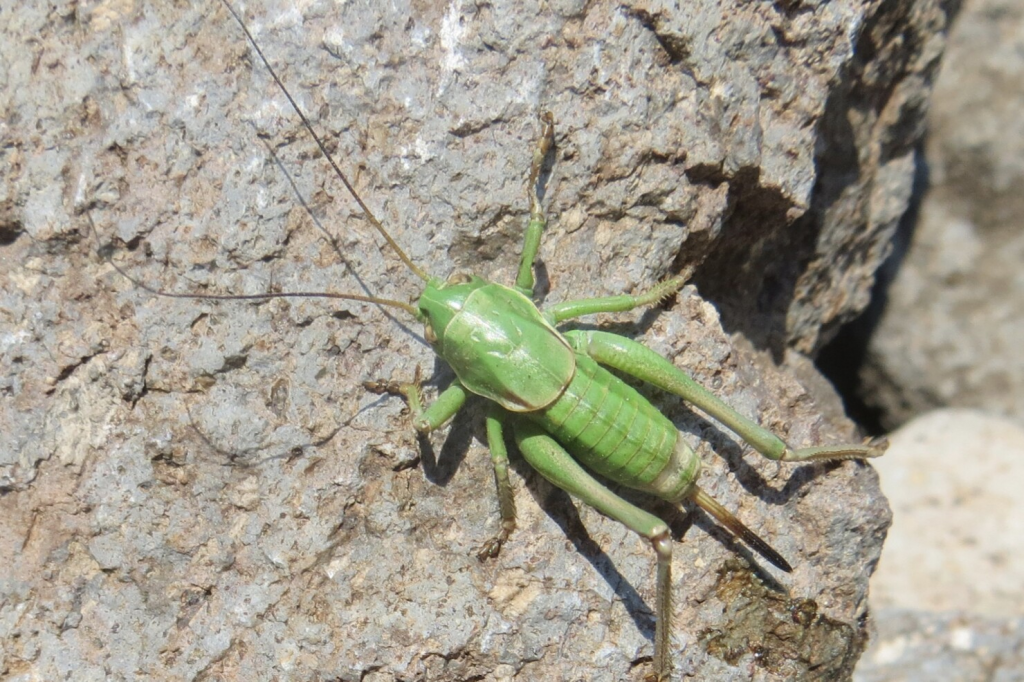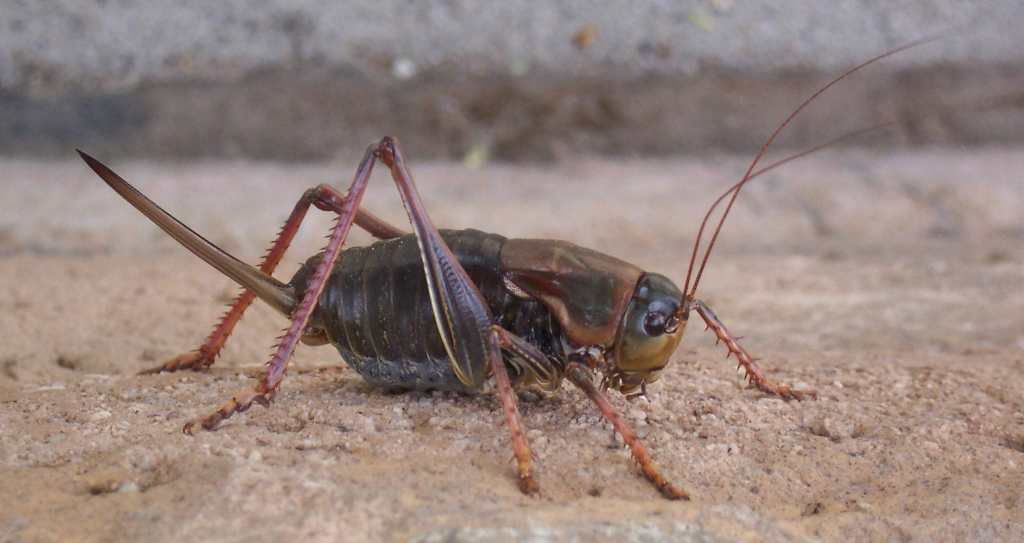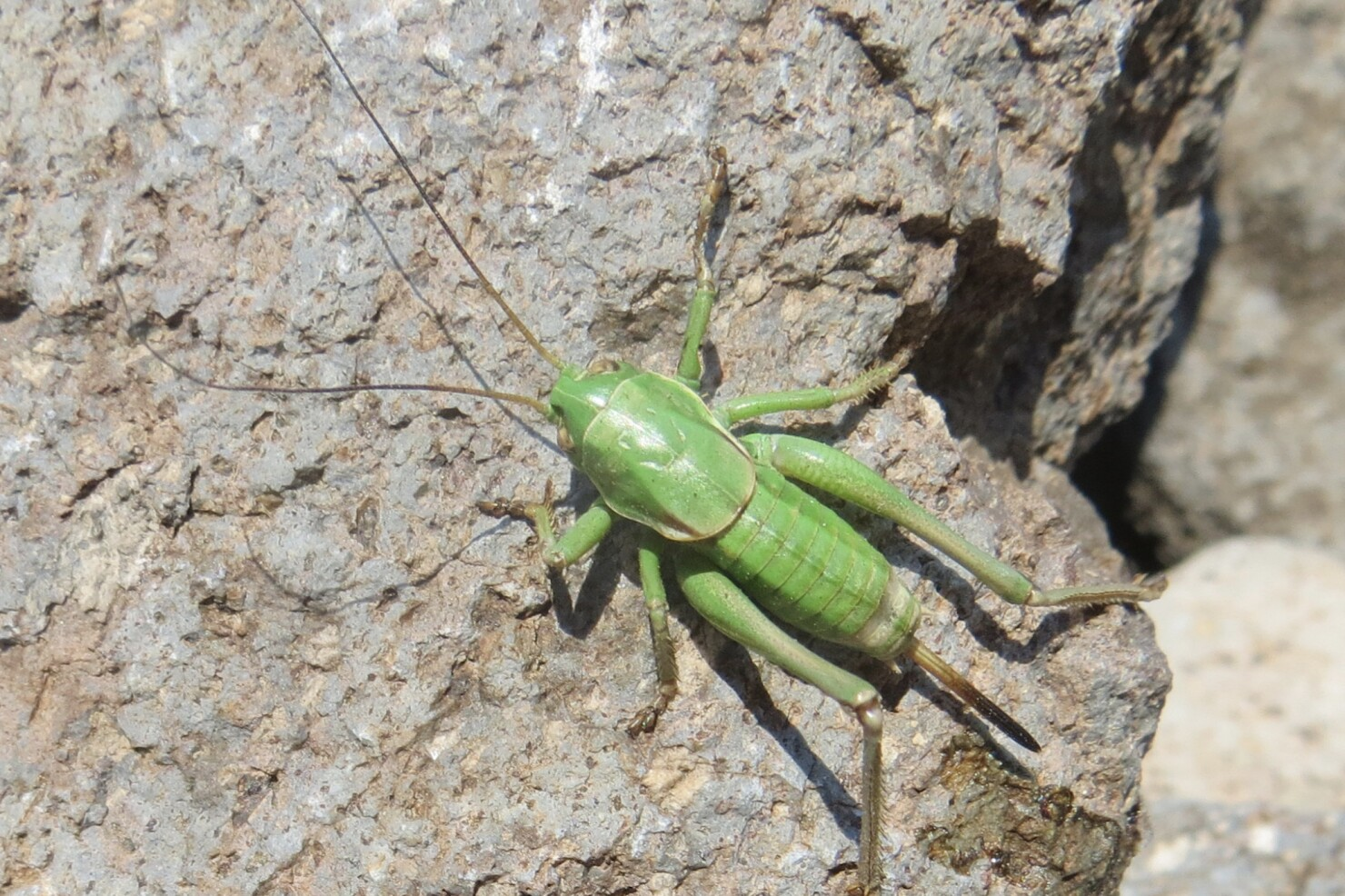
Mormon crickets, despite evoking some aversion, exhibit fascinating behavior. This article aims to provide insights into their characteristics and offers guidance on managing their presence if encountered.
The American West is renowned for witnessing extraordinary mass migrations, including sandhill cranes, American pronghorn, and Mormon crickets. Yes, crickets. Although they may not align with our perception of the majestic West, their swarms have been an integral part of the region’s ecosystem for countless generations. Remarkably, archaeologists discovered cooked remains of several hundred Mormon crickets dating back over 2,000 years in a cave in Wyoming.
Today, Mormon crickets briefly capture public attention during years when their bands, referring to large groups, grow substantial enough to overrun towns. They pose significant challenges on roadways as crushed individuals attract survivors to linger on pavements, engaging in cannibalism to acquire protein and salt from injured or deceased comrades.
What Are Mormon Crickets?
Mormon crickets are sizable insects that inhabit the ground and are indigenous to the Western United States. They bear a resemblance to large grasshoppers, but unlike their name suggests, they are actually a type of katydid rather than true crickets.
While they predominantly reside in sagebrush rangelands, they can also inhabit mountainous areas. Some years witness their prominence in news headlines when they form extensive bands and migrate through towns and cities, as observed in Nevada, Idaho, and other Western regions in 2023.
Mormon crickets, also known as shield-backed katydids or Anabrus simplex, acquired their common name due to their historical association with The Church of Jesus Christ of Latter-day Saints. In the 1840s, as church members settled in Utah, a significant infestation of these insects devastated their crops. Relief came in the form of seagulls that consumed the crickets, leading to the name “Mormon crickets” and the subsequent designation of the seagull as the state bird of Utah.
The Lifecycle of Mormon Crickets: Mormon crickets typically hatch in the spring as ground temperatures rise. As they mature, they undergo several molting stages. During this period, they tend to form bands and undertake regional migrations, covering distances of up to a mile per day. This is when they have the most interaction with humans, occasionally swarming through entire towns.
By mid-summer, the crickets begin laying eggs in the ground before their population gradually declines. Each year, only one generation of Mormon crickets is produced, and their numbers follow cyclical patterns. High population levels may persist for three to six years, followed by several years with significantly reduced populations. Scientists believe that drought conditions contribute to larger outbreaks of Mormon crickets.
The Impact of Mormon Crickets: “While Mormon crickets may bite if handled, they do not carry diseases,” explains Jeff Knight, State Entomologist at the Nevada Department of Agriculture. However, large swarms pose risks to agriculture, as they consume extensive amounts of plants and pose a threat to home gardens. Additionally, crushed crickets on roadways create hazardous conditions, making the pavement slippery, particularly in rainy weather.
Despite their potential harm to humans, Mormon crickets play crucial roles within ecosystems and serve as an essential link in the food chain. They contribute to nutrient recycling by accelerating the decomposition of plants into soil nutrients. Furthermore, they serve as a food source for California seagulls, crows, coyotes, rodents, and other animals.

When confronted with the presence of Mormon crickets, it is crucial to employ suitable measures to mitigate their impact. This section explores practical approaches to keeping these insects at bay and minimizing their disruptive effects.
Constructing Cricket Fences: Given that Mormon crickets are flightless and possess limited jumping abilities, the installation of cricket fences can serve as an effective deterrent. Erecting a barrier that stands 18 to 24 inches tall and is covered with tightly sealed, slick plastic proves effective in impeding their movement. According to Knight, when the crickets encounter the plastic barrier, their inability to climb or jump over it forces them to navigate around it.
Differentiating Jerusalem Crickets from Mormon Crickets: It is essential to differentiate between Jerusalem crickets, also known as potato bugs, stone crickets, skull crickets, or sand crickets, and Mormon crickets. While both species are flightless insects native to the Western United States, they are not closely related. Jerusalem crickets spend the majority of their lives underground, rarely coming into contact with humans. The name “Jerusalem” likely originated from a historical period when startled Western settlers involuntarily exclaimed “Jerusalem!” when encountering these peculiar, bulbous insects beneath rocks. Witnessing one of these alien-looking creatures will undoubtedly evoke surprise and curiosity.
